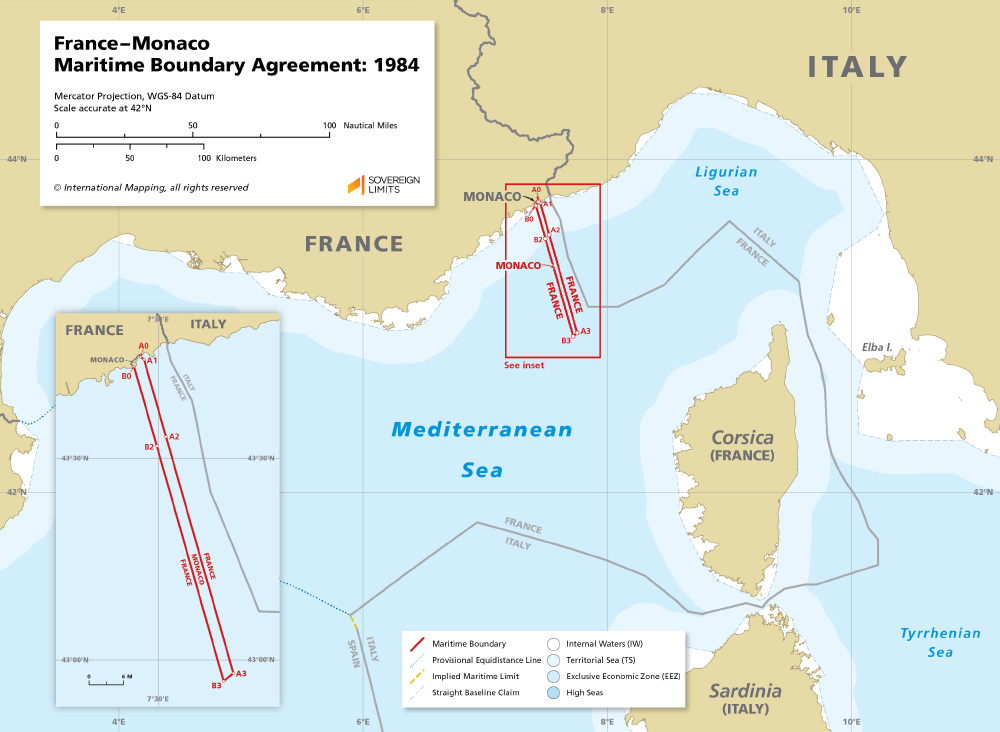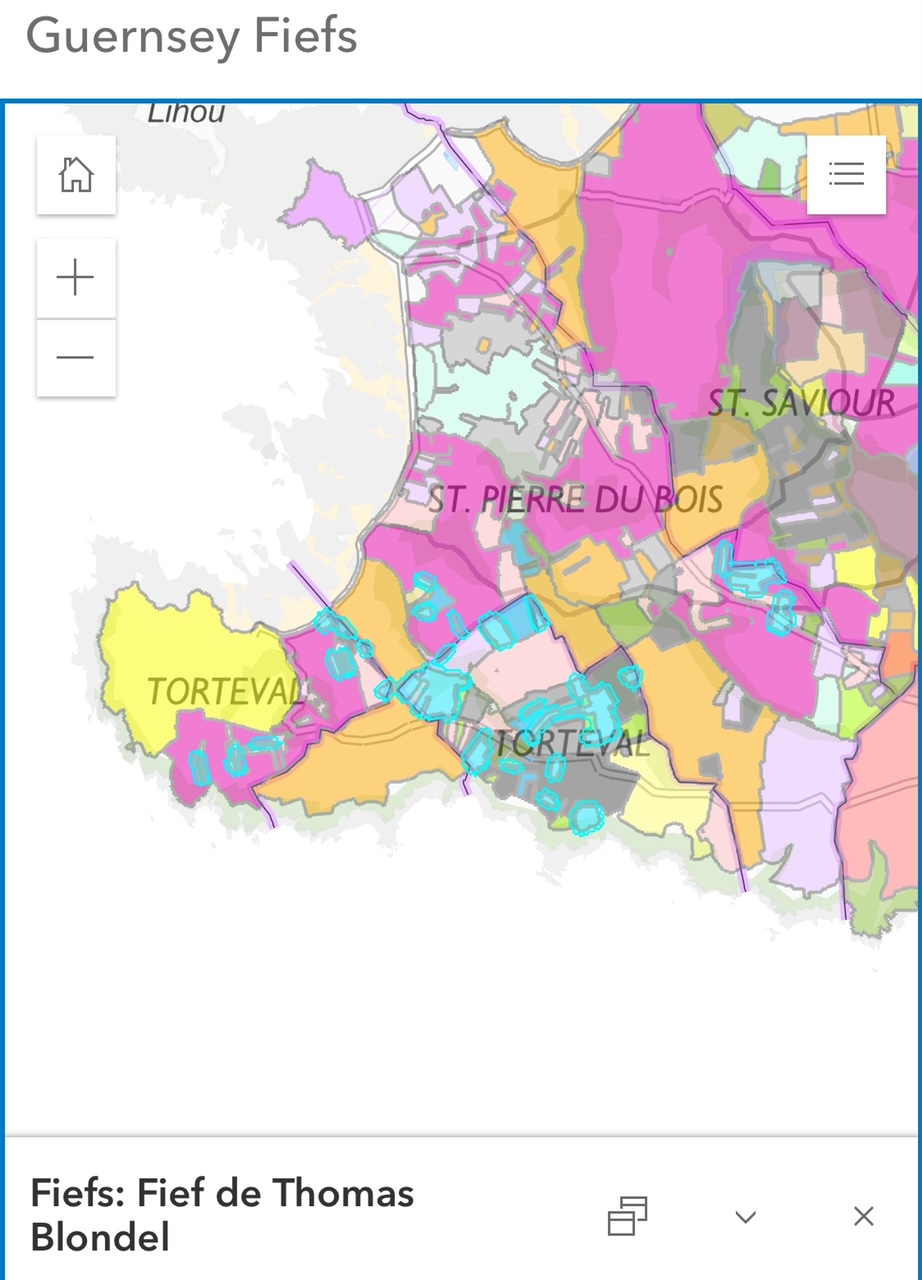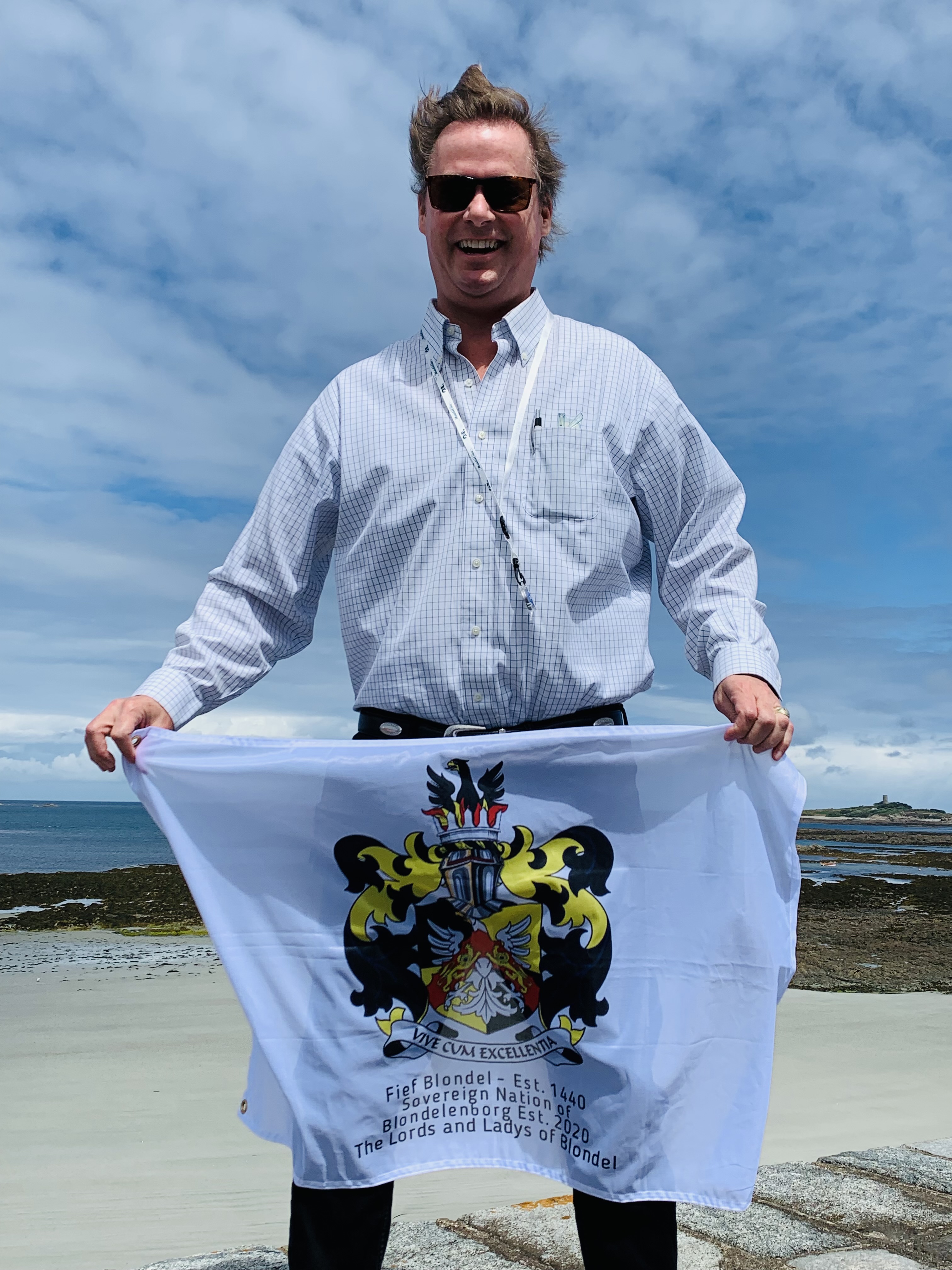

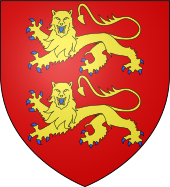
Territorial Waters for Lord Seigneurs of Fiefs of GuernseyGuernsey is a self-governing
dependency of the Crown
with its own directly
elected legislative assembly, its own administrative, fiscal, feudal, and legal systems, and its own courts of
law. Guernsey, a British Crown Dependency located in the English Channel, has control over its local fishing rights within its territorial waters. The extent of Guernsey Fiefs territorial waters is determined by international law and extends up to 12 to 100 nautical miles from its coastline under the Monaco Protocols of International aw. Within this zone, Guernsey fiefs has sovereignty and control over the foreshore, waters, fishing, beaches, reefs and so forth. Fief Blondel appears to be older than the Seigneurs of Monaco as the Grimaldi family settled in Monaco in 1297 and Fief Blondel is also older than the ancient: Sheikhdom of Kuwait, Kingdom of Moscovy Russia 1362, Kingdom of Spain 1479, Kingdom of Bohemia, Kingdom of Belgium etc. Fief Blondel may also be older than the Ottomon Empire, Habsburg Empire, and the Kingdom of Lithuania depending on how you date the original territory of the Ancient Lords and Fiefs. https://www.jerseylaw.je/publications/jglr/Pages/JLR1006_Falle.aspx However, through cases like La Paz Holdings, the foreshore, fishing rights, and territorial waters in front of the foreshore belong to the Seigneur or Dame who has feudal and manorial rights to the beach, treasure, fish, seaweed and waters. There are roughly 24 private fiefs on the Island. Based on the existing maps, there may only be 15 fiefs that actually have sovereign foreshore and beach territory exposed to the ocean and Fief Thomas Blondel is one of them. MAP OF FIEFS The rest of the fief foreshores are owned by the Crown but many are privately owned by Lords over the last 1000 years. As a note of importance, the UNCLOS (United Convention on the Law of the Sea) provides that the sovereignty of a state extends to the bed and sub-soil beneath its territorial seas. The Fief, as a matter of law, has been a territory, liberty, or governmental state within the jurisdiction of the Seigneur and Crown for roughly 1,000 years. (933AD) The Fief of Blondel has 3 separate foreshores. Each are somewhat small, but add up to somewhere between 200 and 300 yards of length. If you multiply 200 yards times 15 Miles of Continental Shelf, you have over 1,000 acres of land which is over 2,600 Vergees of Land of Guernsey. Keep in mind, the largest Fief in Guernsey is Fief Le Roi which is 800 acres not including any shelf. The Guernsey Government has said this about Foreshore and Seasted and Seabed in official Government Documents in 2008 about Fief Seigneurial Rightscitation: 2008_June_25th_Billet_VIII.pdf (gov.gg) Sea Bed Legislation The Commission should work with the Policy Council and the Commerce & Employment Department to put in place the necessary legislation regarding the sea bed for Guernsey’s foreshore and territorial seas. The Policy Council should take the lead in developing this issue. The majority of Guernsey’s foreshore belongs to the Crown as owner of the relevant contiguous fiefs. The Crown’s assets in Guernsey are administered by HM ReceiverGeneral.1 It should be clearly understood that HM Receiver-General, in exercising his powers and functions in administering those assets, does so for the benefit of Guernsey, but subject to and consistent with his Crown responsibilities; and the revenues derived from his administration accrue to the general revenues of the States. Issues concerning the sea bed below Guernsey’s territorial seas are more complicated. Article 2 of UNCLOS (United Convention on the Law of the Sea) provides that the sovereignty of a state extends to the bed and sub-soil beneath its territorial seas. This is consistent with correspondence entered into between the UK government and the States of Jersey at the time when the latter’s territorial seas were extended to 12 miles, which seems to be based on the assumption that Jersey would have the right to extract petroleum from the sea bed within the extended zone. A similar assumption in respect of Guernsey is evident in certain documents circulating within St James’s Chambers at around the same time. However, sovereignty is not necessarily the same as ownership in legal terms. HM Procureur is of the view that the sea bed beneath Guernsey’s territorial seas i.e. beyond the lower limit of the foreshore, is the property of the Crown, but over which the States have legislative competence, subject to appropriate consultation with the Crown. Accordingly, HM Receiver-General should be consulted in respect of any installations that are proposed to be attached to the sea bed within Guernsey’s territorial seas. In practical terms, the issue of ownership of the sea bed, as distinct to the exercise of legislative sovereignty over it, is unlikely to be of any great significance since, in Guernsey, the Crown in any event will be able to exercise control and demand payment in respect of the use of the majority of the foreshore. If an installation has to be located within the territorial waters of any of the other islands, similar questions as to sovereignty over/ownership of the sea bed will arise. In Sark, the Seigneur owns the foreshore pursuant to the terms by which the fief of Sark was granted by the Crown in 1565. As to Alderney, the foreshore is owned by the States of Alderney under the terms of the Alderney (Transfer of Property &c.) Order, 1950. 821 If an installation has to be located on the sea bed beyond the limits of any jurisdiction i.e. under the high seas, it will fall within the control of the International Sea Bed Authority which was set up under the auspices of UNCLOS and is responsible for the organization and control of the use of the sea-bed in these circumstances. As a general rule the freedom of the high seas includes the freedom to lay submarine cables and pipelines (see Article 112 of UNCLOS). The Commission will need to be aware of the implications of the UK Marine Bill and will take advice from the Policy Council’s work in this area. • EU Legislation Guernsey’s relationship with the European Union is governed by Protocol 3 to the UK's Treaty of Accession which makes provision, inter alia, for the free movement of goods. This means that Guernsey is bound by the legislation of the European Union relating to the free movement of goods under Article 28 of the EC Treaty, where “goods” clearly includes electricity - see Directive 99/44/EC. Trade in electricity generated under the auspices of the Commission must not distort the domestic or European market in electricity contrary to these rules. The Policy Council should take the lead in addressing the implications and consequences of compliance with EU legislation.
Seigneurs and Fiefs - 1000 Years of Rights in France and the UK The maritime rights of the Seigneurs of Monaco represent a fascinating historical aspect of both common law and civil law traditions that date back over a thousand years. Monaco, a tiny but strategically located principality on the French Riviera, has had a long-standing association with maritime activities due to its coastal location. The Seigneurs of Monaco, as the rulers of this region, held significant maritime rights and privileges throughout history. In common law systems, the concept of maritime rights of nobility has roots in medieval Europe. Seigneurs, as feudal lords, often possessed authority over coastal territories, granting them control over ports, fishing, and trade. These rights were recognized and enforced through customary law, laying the groundwork for later legal developments. Similarly, in civil law systems, Monaco's maritime rights have been governed by legal conventions and agreements. The establishment of maritime boundaries and fishing rights was crucial for coastal territories like Monaco. Historical conventions and treaties between Monaco and neighboring states, particularly France, have solidified these rights and defined the principality's maritime jurisdiction. For centuries, the Seigneurs of Monaco have navigated the complex legal landscape of maritime rights, balancing tradition with evolving international norms. Today, Monaco continues to exercise its maritime rights, playing a vital role in the principality's economy and cultural heritage. In 1984, France and Monaco defined their maritime boundary through a formal convention. This boundary is determined by a combination of loxodromes (rhumb lines) and an equidistance segment, forming an enclosed corridor that stretches southward from Monaco's coastline into the central Mediterranean Sea. The corridor has a width of two nautical miles and extends seaward for a distance of 100 nautical miles from Monaco's coast. The agreement to establish this narrow corridor was reached to ensure Monaco had a fair share of maritime space, considering its limited coastal front. Without this arrangement, Monaco's coastal access would have been significantly restricted by equidistance lines controlled by France's mainland coast on both sides. If the waters have not been claimed and are abandoned by the king, seigneur or prince, then the waters would then belong to the owner of the seashore. In conclusion, the maritime rights of the Lord Seigneurs and Dames of France Normandy and England showcase the enduring legacy of legal traditions in both common law and civil law systems. These rights, rooted in centuries of history, highlight the significance of coastal territories and their connection to the broader legal framework governing maritime activities.
The Bailiwickof Guernsey (French : Bailliage de Guernesey ; Guernésiais : Bailliage dé Guernési ) is a self-governing British Crown Dependency off the coast of Normandy , France, comprising several of the Channel Islands . It has a total land area of 78 square kilometres (30 sq mi) and an estimated total population of 67,334. The Fiefs of Guernsey are co-equal with the Crown or King Charles on the land holdings. The Crown Estate is a collection of lands and holdings in the United Kingdom belonging to the British monarch as a corporation sole , making it "the sovereign's public estate", which is neither government property nor part of the monarch's private estate. [2] [3] [4] [5] Wikipedia articles say that: The sovereign has an official, but not personal claim to the estate, is not involved with the management or administration of the estate, and has no control of its affairs. For all practical purposes it is state property, [7] and in part funds the monarchy. With this statement said, then the fief owners are sole owners of the foreshore and territorial waters as the Crown may have abandoned the rights.
While Guernsey may claim 12 miles, the Seigneur of Fief Thomas Blondel claims 200 miles from 3 different foreshore areas in Guernsey. Beyond the 12-mile limit, Guernsey's fishing rights are subject to international agreements and negotiations with neighboring countries, primarily France, as well as the European Union and Fief Blondel also lays claim to all fishing rights in tandem with international law under the Monaco Protocols with France. These agreements govern access to fishing grounds and the allocation of quotas for various fish species. The specifics of these agreements can change over time and may vary depending on the political and economic circumstances. Since, Fief Blondel was not a part of any of these territorial waters, seabed, seasted, island, and reef/rocks agreements, the owner of these foreshores and waters maintains independent and sovereign rights over any and all lands, rocks, reefs, seabed, fishing, oil and gas, minerals, port, and marina rights related to such territory.
The Crown Estate plays a major role in the development of the offshore wind energy industry in the UK. Other commercial activity managed by the Crown Estate on the seabed includes wave and tidal energy, carbon capture and storage , aggregates, submarine cables and pipelines and the mining of potash . In terms of the foreshore, the Crown Estate issue licences or leases for around 850 aquaculture sites and owns marina space for approximately 18,000 moorings. As of 2020 , marine holdings had a value of £4.1 billion. [77] The seigneurs of fiefs in Guernsey historically held certain fishing rights associated with their fiefdoms. A fief is a piece of land in Guernsey that is subject to feudal tenure, and the Seigneur or Dame is the feudal lord who historically held authority over the land and its resources, including fishing rights. These rights go back over 1000 years. These fishing rights varied from fief to fief and were typically inherited or granted as part of the feudal system. The rights could include the privilege to fish in specific areas or to collect certain types of seafood, such as oysters or seaweed, within the boundaries of the fief. These days, the rights may extend to the seabed out 12-200 miles with regard to off shore rigs and oil exploration. https://gov.gg/CHttpHandler.ashx?id=3857&p=0
Photo: Chancellor Mentz, Seigneur of Feif Blondel et Eperons seen flying the flag of Blondel over the Beaches Foreshore and Territorial Waters of Roquaine and Portelet
In some legal instances, The Guernsey Government had to pay people with rights to the foreshore and business that would be damaged for loss of earnings. Along the southern shores of the Braye du Valle had been salt pans, their owners receiving compensation for their loss. [1] The saltpan businesses receiving £1,750, with the other owners being paid £1,500. In total £3,250 was paid out. [5] With the Crown Islands - The fiefs own the seabed below high water mark to the 12-mile limit and also owns minerals and petroleum (the property in all minerals existing in natural condition; all mines for the working of such minerals; and all petroleum existing in natural condition) on, in or under the sea bed beneath the extended territorial sea and retains the rights to coal in the territorial sea. When the foreshore was gifted to the public, many lawyers specified that parts of the foreshore are subject to fiefs and owned by the Private Lord Seigneurs and therefore the whole of the foreshore is not owned by the public as the Crown cannot give what is not theirs to give. submission - julian mallinson initial submission - foreshore encroachment policy review - 16 april 2019.pdf (gov.je) Similarly, in the 1953 case at the International Court of Justice over the Minquiers and Écréhous groups in the Channel Islands, the court rejected a French claim based on historic presence and fishing rights that is remarkably similar to Chinese historic claims in the South China Sea. Instead, the court awarded the features to England based on subsequent exercise of jurisdiction over them by the Manorial court of the fief. Citations and References 2. Report - Foreshore Encroachment Policy Review - 14 January 2021.pdf (gov.je) 3. How autonomous are the Crown Dependencies? (parliament.uk) 4. Queen's foreshore gift could cost Islanders millions, warns advocate - Jersey Evening Post 5. Dependencies and Areas of Special Sovereignty - United States Department of State 6. Seabed mapping project helping to protect seagrass in Channel Islands (bbc.com) 7. Fief Blondel Beaches Ranked in the Best Portelet | Guernsey with Kids 8. States vote for Les Pas deal - Jersey Evening Post 9. 'Ancient property laws must be respected despite foreshore gift' - Jersey Evening Post 10. Extending the Bailiwick of Guernsey's Territorial Seas - States of Guernsey (gov.gg) 12. Jersey & Guernsey Law Review – June 2008 THE CUSTOMARY LAW about THE FORESHORE (1)" (PDF) . Retrieved 21 June 2023 . 13. Queen's foreshore gift could cost Islanders millions, warns advocate - Jersey Evening Post 14. S.O.U.L. (udallaw.com) & The Case for Udal Law. 15. International Law Relating to Islands | Brill 16. The Sovereignty of the Sea, by Thomas Wemyss Fulton.--a Project Gutenberg eBook 17. ch-12-legislative-system.pdf (gov.im) Isle of Man 18. im_31CommLWorldRev368.pdf (uniset.ca) Is the Isle of Man an Independent Nation 20. International Encyclopedia of Comparative Law - Google Books 21. https://www.earth.com/news/the-u-s-just-expanded-its-territory-by-a-million-square-kilometers/ 22. U.S. Extended Continental Shelf Project - United States Department of State 24. https://en.wikipedia.org/wiki/External_relations_of_Guernsey 25. https://www.royal.uk/crown-dependencies 26. https://www.sovereigngroup.com/sg-guernsey/ 27. No Capital Gains taxes on Guernsey or its Fiefs - TIES-Guernsey.pdf (SECURED) (kpmg.com) 28. Search (gov.je) Les Pas Holdings Case Law 29. P_2019_5_-_Extending_the_Bailiwick_of_Guernseys_Territorial_Seas.pdf (gov.gg) 31. Territorial waters - Wikipedia 32. Presently, the BBC and other news is unclear if the State or Crown claims any rights to foreshore or waters in Guernsey. Guernsey investigates taking seabed ownership from Queen - BBC News 33. Entire Bailiwick's territorial waters quadruple (bbc.com) 34. Royal Charters of Guernsey - Royal Court (guernseyroyalcourt.gg) 35. Royal charters applying to the Channel Islands - Wikipedia 36. The Queen’s Gift Saga – Report – SOS Jersey 37. Guernsey investigates taking seabed ownership from Queen - BBC News 38. Extending the Bailiwick of Guernsey's Territorial Seas - States of Guernsey (gov.gg) 40. Who owns the seabed, and why it matters (senedd.wales) 41. How the Queen came to own the seabed around Britain | Wind power | The Guardian Attorney Falle, In the Les Pas Case, He believes that under centuries-old law private rights to many areas of the foreshore do not belong to the Queen but instead to Seigneurs, or feudal lords, who were granted fiefs – hereditary property rights – by past monarchs. ‘The legal view in my opinion is that you cannot give away what you do not have,’ said Mr Falle.
About Guernsey International Waters Location Guernsey, situated in the Gulf of St Malo, is located approximately 120 kilometers south of England and about 50 kilometers west of France. Together with Alderney, Sark, Herm, Jethou, and associated islets, it constitutes the Bailiwick of Guernsey. This group, along with the Bailiwick of Jersey, forms the geographical entity known as the Channel Islands. Guernsey encompasses an area of approximately 62 square kilometers and boasts a population of around 63,000 residents. The capital and primary hub of business activity is St. Peter Port. As a Crown Dependency, Guernsey is an independently administered jurisdiction that is distinct from both the United Kingdom and its Overseas Territories. It holds the status of a self-governing possession under the Crown. Guernsey's legislative body is called The States of Deliberation, commonly referred to as the 'States,' composed of 38 democratically elected Guernsey Deputies. Notably, political parties do not exist in Guernsey's political landscape. This assembly possesses the authority to levy taxes, determine expenditures, and enact legislation. The United Kingdom assumes responsibility for Guernsey's international affairs and defense.
The Policy & Resources Committee of the Bailiwick of Guernsey has presented a proposal for extending Guernsey's territorial seas. The States are asked to consider the following points: Extending the Bailiwick of Guernsey's Territorial Seas - States of Guernsey (gov.gg) To agree that Guernsey's territorial sea should extend up to 12 nautical miles from the relevant baselines in accordance with international law. As a note, Fief Blondel claims foreshore, waters, beaches, seasted, seabed, reefs, islands, minerals, water, drilling rights within the 200 miles of territory, and any ECS Extended Continental Shelf Rights within 200 miles. To instruct the Policy & Resources Committee to formally request the UK government to make an Order in Council under the Territorial Sea Act 1987 to extend Guernsey's territorial seas to 12 nautical miles from the relevant baselines, in line with international law, following similar decisions by Alderney and Sark. As a note, Fief Blondel claims foreshore, waters, beaches, seasted, seabed, reefs, islands, minerals, water, drilling rights within the 200 miles of territory, and any ECS Extended Continental Shelf Rights within 200 miles. To note that the extension of territorial seas can occur whether or not maritime boundaries between Guernsey, Alderney, Sark, France, or Jersey have been agreed. To authorize the Policy & Resources Committee to negotiate and agree on the coordinates defining maritime boundaries (median lines) between Guernsey, Alderney, and Sark. As a note, Fief Blondel claims foreshore, waters, beaches, seasted, seabed, reefs, islands, minerals, water, drilling rights within the 200 miles of territory, and any ECS Extended Continental Shelf Rights within 200 miles. To authorize the Policy & Resources Committee, in collaboration with Alderney and Sark, to work with the UK government to negotiate and agree on coordinates for defining maritime boundaries between Guernsey, France, and Jersey, if necessary. To agree that legislative and administrative measures be implemented to maintain the Bailiwick fisheries management regime as it was before the extension until a new regime is agreed upon. To agree to enact any necessary legislation to fully implement the extension and make consequential amendments to existing Bailiwick legislation, if required. To instruct the Policy & Resources Committee to explore the possibility of transferring Guernsey's foreshore and seabed from the Crown to the States or another suitable entity, with specific steps outlined depending on whether an agreement in principle is reached or not. To direct the preparation of legislation needed to implement the above decisions; however, under international law of seigneurs and sovereigns such as the Seigneurs of Monaco or the Les Pas Decisions, the Fief Blondel claims foreshore, waters, beaches, seasted, seabed, reefs, islands, minerals, water, drilling rights within the 200 miles of territory, and any ECS Extended Continental Shelf Rights within 200 miles.
| ||
Seigneur de la Fief of Blondel Lord Baron Mentz of Fief Blondel Geurnsey Crown Dependency Seigneur Fief of Blondel George Mentz Lord Baron of Fiefdom Blondel Freiherr of Fief Thomas Blondel Feudal Lord of Baronnie - Noble Fief Barony Friherre > Territorial Waters Seigneurs and Dames Travel Research Lord Paramount Feudal Barons The Seigneur Order Patron George Mentz Charter of Liberties Deed & Title Fief Blondel Islands Viking Kingdom Fief Worship Fiefs of the Islands ECS Extended Continental Shelf Styles and Dignities Territorial Waters Blondel Privy Seal Fief Bouvees of Fief Thomas Blondel Guernsey Court of Chief Pleas Fief Court Arms Motto Flower Fief de l'Eperon La Genouinne Kingdom of West Francia Fief DuQuemin Bouvée Phlipot Pain Bouvée Torquetil Bouvée Bourgeon Bailiwick of Ennerdale Channel Island History Fief Direct from the Crown A Funny Think Happened On the Way to the Fief Guernsey Bailiwick of Guernsey - Crown Dependency Confederation des Iles Anglo-Normandes Sovereignty Papal Bull Research Links Norse Normandy Order of the Genet Order of the Genet Order of the Star Est. 1022 Knights of theThistle of Bourbon Count of Anjou Fief Rights Blondel and King Richard Press Carnival Manorial Incidents Appointments of Seigneurs Store Portelet Beach Roquaine Bay Neustrasia Columbier Dovecote Fief Blondel Merchandise Fief Blondel Beaches Islands Foreshore Events Fiefs For Sale Sold Lords of Normandy Fief Coin Viscounts de Contentin Fief Blondel Map Feudal Guernsey Titles Board of Trustees The Feudal System Hereditaments Chancellor Flag & Arms Fief Videos Guernsey Castle Sark Contact Advowson Site Map Disclaimer Freiherr Livres de perchage Lord Baron Longford Income Tax Guernsey Valliscaulian Order Saint Benedict of the Celestines Society of Divine Compassion Dictionary Count of Mortain Seigneur de Saint-Sauveur Seigneur of Fief Ansquetil Top Success Books Datuk Seri George Mentz Order St. Benedict OSB Celestines Order of the Iron Crown Order of the White Falcon Colonel Mentz Order Red Eagle Order St. Louis Order Holy Ghost Order of Saint Anthony Order of the Black Swan Order of St Columban Order of the Iron Helmet Livonian Brothers of the Sword Fief treizième and Direct from Crown Valuation Fief Blondel Prince of Annaly Teffia
Feudal Lord of the Fief Blondel of the Nordic Channel Islands Guernsey Est.
1179
Feudalherr - Fief Blondel von der Nordischen Insel Guernsey Est. 1179
New York Gazette - Magazine of Wall Street -
George Mentz -
George Mentz - Aspen Commission - Mentz Arms
Counselor George Mentz Esq. - Seigneur Feif BlondelBaron Annaly Baron Moyashel Grants to Delvin About Longford Styles and Dignities The Seigneur Court Barons Fiefs of the Islands Longford Map The Island Lords Market & Fair Fief Worship Channel Island History Fief Blondel Lord Baron Longford Fief Rights Fief Blondel Merchandise Events Blondel and King Richard Fief Coin Feudal Guernsey Titles The Feudal System Flag & Arms Castle Site Map Disclaimer Blondel Myth DictionaryMentz Scholarship Program 101 Million Donation - Order of the Genet Knighthood |
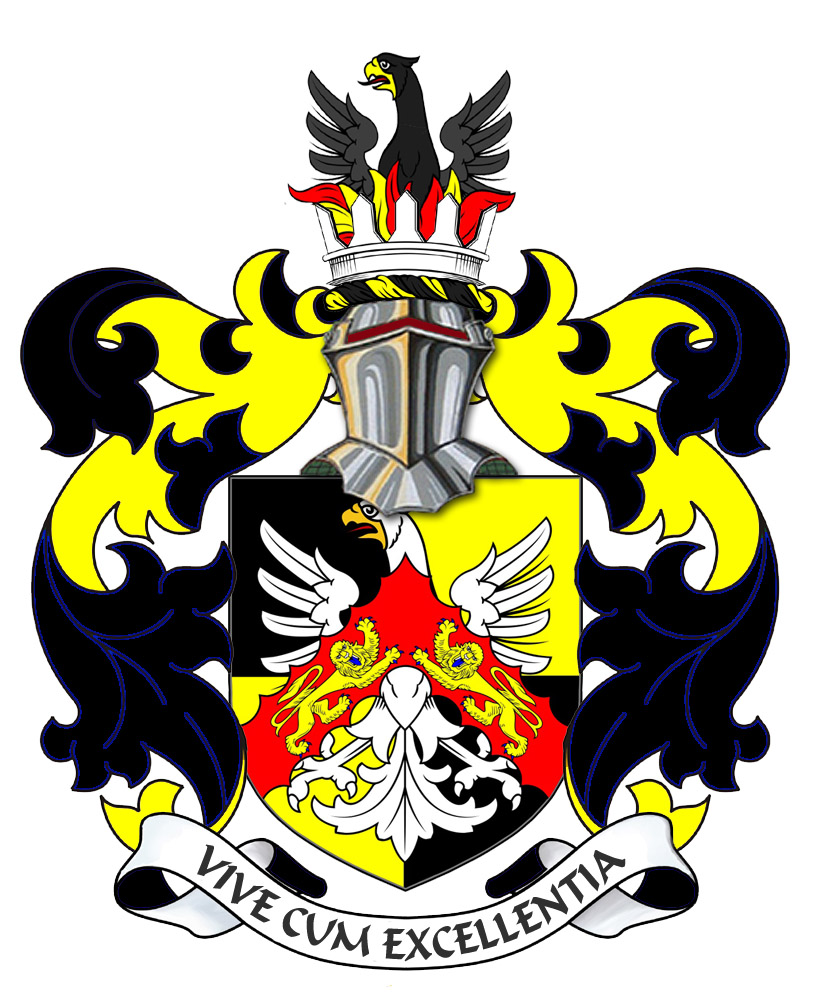

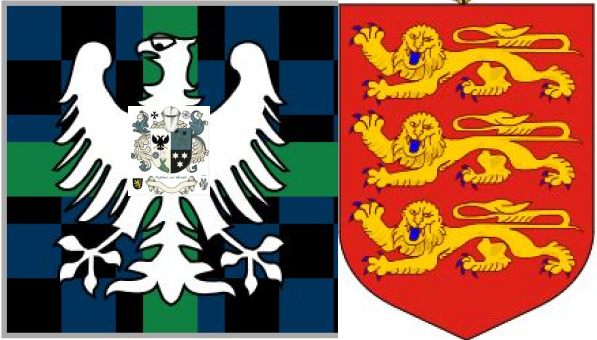
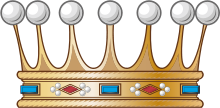

George Mentz Education -
Commissioner George Mentz
-
https://finance.yahoo.com/news/commissioner-george-mentz-clinches-influencer-180000705.html
-
George Mentz News -
George Mentz Net Worth - George Mentz Noble Tilte -
George Mentz -
George Mentz Trump Commissioner -
George Mentz Freiherren Count Baron -
George Mentz Global Economic Forum -
George Mentz Donates Millions
